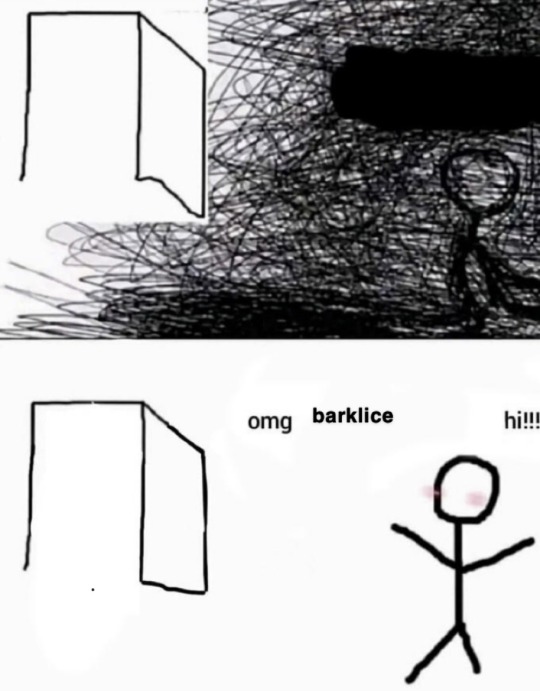#barklice
Text
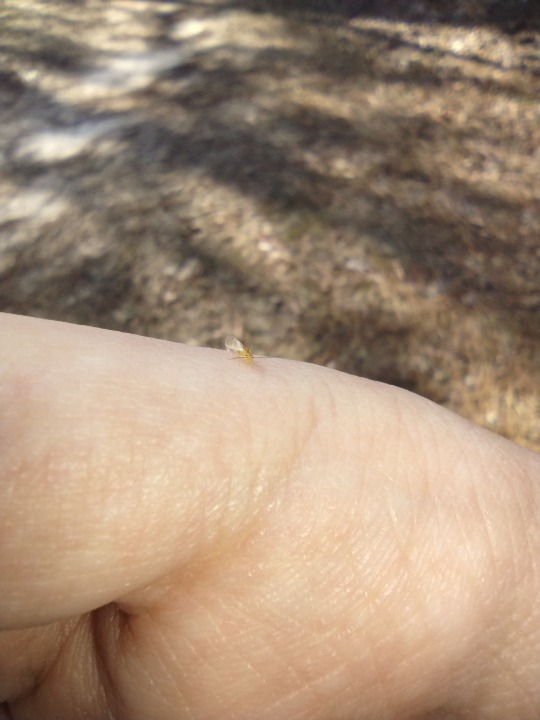
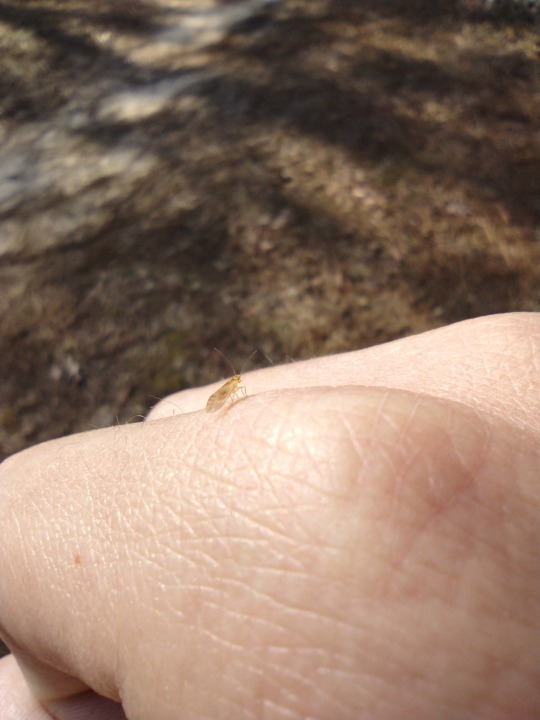
[PHOTOs TAKEN: MARCH 19TH, 2024 | Image IDs: Two photos of a tiny brown bark louse on a light skinned human hand /End IDs.]
#psocoptera#barklice#insects#insect#bug#bugs#bugblr#arthropods#entomology#invertebrates#inverts#photos#photo#Wasp House Sights
7 notes
·
View notes
Text




Unidentified Barklice
Unidentified, order Psocodea
Potential nymphs - (link)
23/03/23 - NSW, Berrima
#invertebrates#invertblr#Arthropods#Arthropoda#bugs tw#insects#insect#insecta#insectblr#insects tw#bugs#bugblr#bug#entomology#Psocodea#unidentified#barklice
7 notes
·
View notes
Text

That time when a barklouse photobombed the giant floof
(likely Trichopsocus clarus. Floof is Icerya purchasi, aka cottony cushion scale)
#barklouse#barklice#psocoptera#nature photography#cottony cushion scale#cute lil floofs#nature#biodiversity#bugs#entomology#insect appreciation#inaturalist#insects#animals#arthropods#epic photobomb#photobombed#Icerya purchasi
8 notes
·
View notes
Text
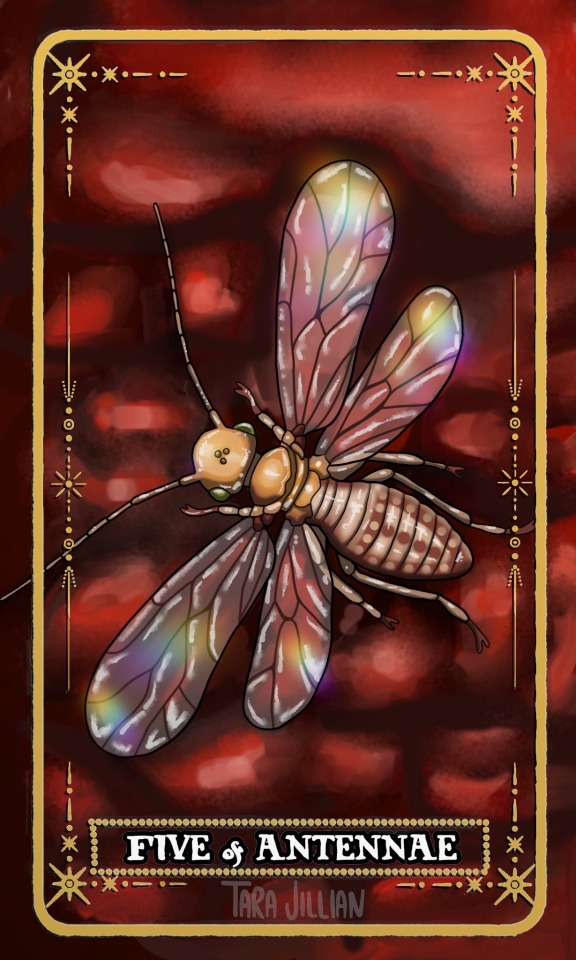
The Five of Antennae card unfolds a scene of spirited chaos—a clash of wills, ideas, and passions. It signifies the arena of competition, where conflicts arise as diverse energies intersect. This card reminds us that sometimes, within the chaos, valuable lessons are born - teaching us the art of cooperation and competition as catalysts for growth.
Neotrogla, a unique genus of barklice, echoes these themes in a fascinating manner. Their existence is a testament to survival amidst strife. In pitch-black caves, they face resource scarcity and intense competition where females vie for the best mates in a complex courtship ritual. What we learn from this card is the profound significance of navigating conflicts and competitions with grace and purpose. It encourages us to understand that challenges, like the tumultuous interactions of these insects, can lead to innovation, growth, and ultimately, the realization of our deepest desires. We are urged to find our strength and resilience in the face of adversity. Their unique dimorphism highlights the importance of questioning traditional norms and embracing diversity in roles and relationships, a lesson that aligns with the card's themes of unexpected outcomes that can arise from challenging societal norms and embracing diversity.
This card encourages us to recognize that the chaos of competition and conflict can be transformative if approached with an open heart and an eagerness to learn. It reminds us that conflict is an inherent part of life, but within it lies the potential for growth, adaptation, and creative solutions that can lead to a deeper understanding of ourselves and the world around us. We discover that conflict and competition are not merely obstacles but transformative crucibles that challenge our perceptions, and push us to adapt.
In the Neotrogla's world, where fierce competition and intricate relationships reign, we discover valuable lessons on adaptation, resilience, and the ever-unfolding complexity of existence. Just as the Five of Antennae encourages us to find harmony in chaos, the Neotrogla shows us that even in the darkest of caves, life's wonders can shine through.
Prints available on Redbubble and Inprnt
| Instagram |
#artists on tumblr#illustration#insects#tara jillian art#nature#bugs#redbubbleartist#bug tarot#tarot cards#tarot art#insect art#insect tarot#invertebrates#invertblr#Neotrogla#barklice#entomology#tarotblr#big bug gospel#bugblr
3 notes
·
View notes
Text
#1847 - Clematostigma maculiceps
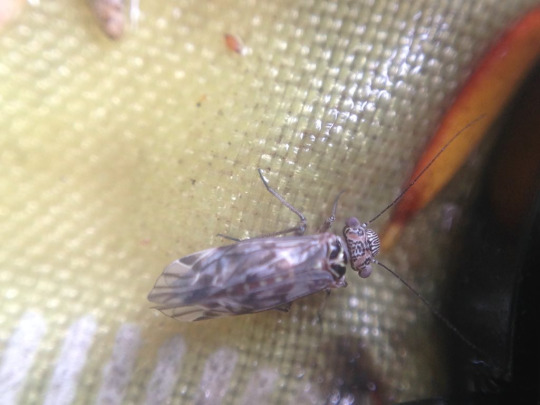

One of Australia’s wide range of really beautiful barklice. I’m amazed that I stumbled over an ID for this one - it’s a complicated Order, formerly Psocoptera, but now Psocodea since the True Lice turned out to be a specialised group within the Barklice, most closely related to the Booklice.
The parasitic lice (formerly of the Order Phthiraptera) includes some 5,000 species of wingless ectoparasite, and the booklice (Liposcelidae) include some cosmopolitan household pests, but the barklice are harmless scavengers of fungi, algae, lichen, and organic detritus. Some species can spin silk from glands in their mouth.
4 notes
·
View notes
Text
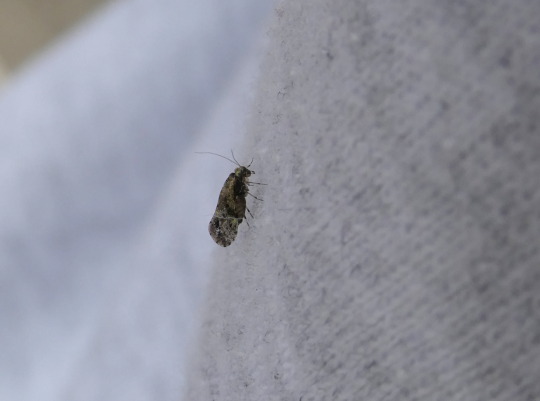
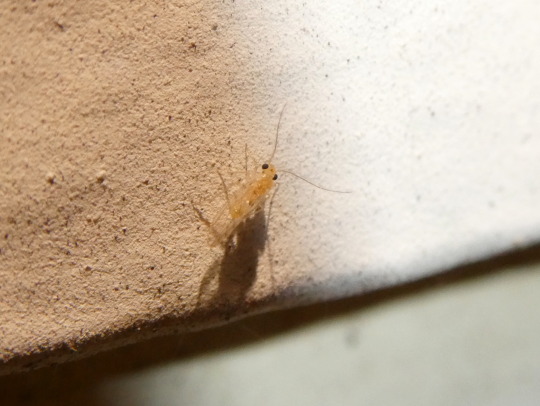
little guys who are my friends
#barklice#...I think#photography#animals#insects#bugs#nature#I've been seeing a lot more of them this year#or maybe I wasn't paying attention last year
1 note
·
View note
Text
Graphopsocus cruciatus barklice
youtube
4 notes
·
View notes
Note
How are some bug wings able to be so clear?
insect wings are formed from a thin layer of chitin and epicuticle, so are naturally clear. to make wings patterned or opaque, insects use a number of modifications.
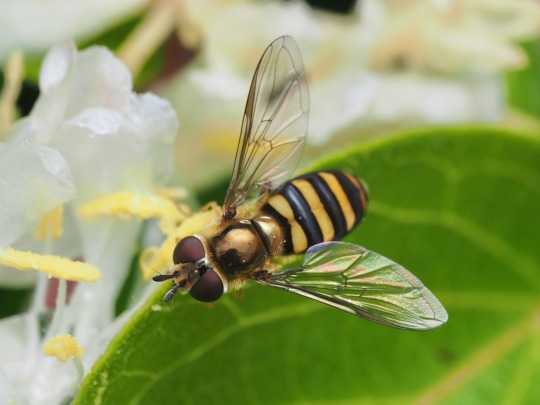
insects with translucent but colored wings probably include molecules of pigment, which might also help to strengthen the wings.

beetles and true bugs are among the insects with toughened outer wings (elytra and hemelytra, respectively), which have been reinforced with many more layers of chitin, typically (but not always) making them thicker and more opaque.

some beetles also have scales or hairs on the elytra, making them more colorful.
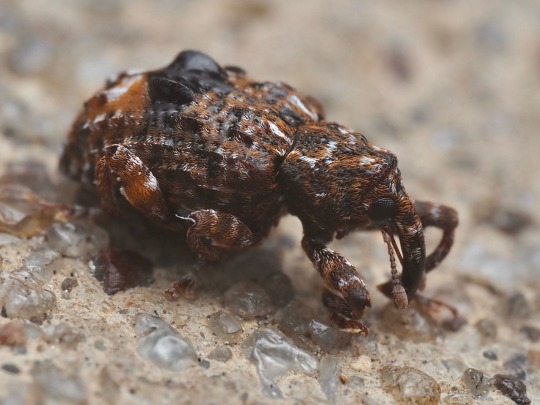
finally, many insects have scaly wings (most famously moths + butterflies, but barklice, lacewings, mosquitoes, and many others have convergently evolved scaly wings). layers of scales give color and texture to wings and, by being easily removed, help the insect slip out of sticky situations like spiderwebs. if you’d scrape the scales off a butterfly wing, you’d find it nearly translucent.
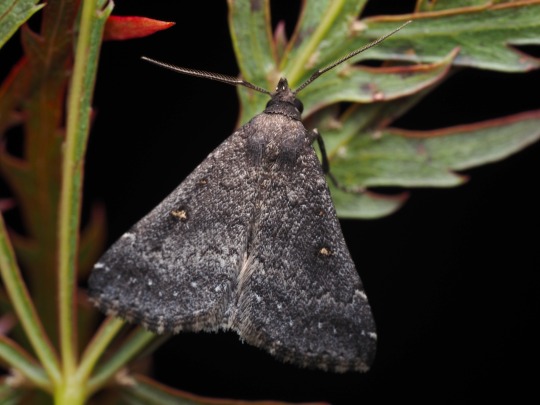
263 notes
·
View notes
Text
Anthro Allies Remastered (Part 9)



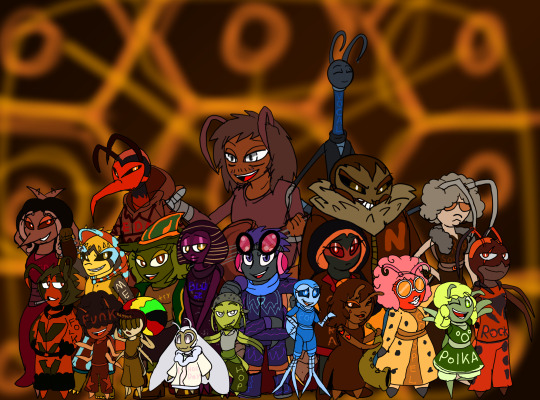




Now for Part 2 Of the Arthropods
Entognatha
Srebro (Silverfish)
Sprung (Springtails)
Coney (Coneheads)
Bisk (Bristletails)
Palaeoptera
Wyvern (Dragonfly)
Madi (Damselfly)
Mia (Mayfly)
Darter (Giant darner)
Exopterygota
Dan drift (Lice)
Bark (Barklice)
Book (Booklice)
Brash (Thrips)
DJ (Cicada)
Country (Treehopper)
Metal (Leaf hopper)
Opera (Froghopper)
Punk (Giant water bug)
Blues (Water Boatman)
Funk (Moss bug)
Jazz .(Bedbugs)
EDM (Assassin Bugs)
Latin (kissing bug)
Vocal (Water Measurer)
Pop (Water Strider)
Reggae (Backswimmer)
Polka(Stink Bug)
Folk (Seed bugs)
Gospel (Cotton stainers)
Rock (Cinnamon bugs)
Soul music and R&B(Squash bugs)
Holiday (White Fly)
Hip hop (Aphids)
Vertigo (Earwigs)
Obelisk (Stonefly)
Weve (Webspinner)
Holy (Angel insect)
Rownan (Grasshopper)
Meadow (Groundhopper)
Cedar (Cricket)
Maori (Weta)
Bullhorn (Mole Cricket)
Kate (Katydid)
Coolmong (Colocolo Monster)
Juanita (Jerusalem Cricket)
Spectra (Stick insect)
Foliage (Leaf insect)
Zoey (Tree lobster)
Sottile Insetto (Giant stick insect)
Narrow (Gladiator Bug)
Igloo (Ice crawler)
Artemis (Mantids)
Orion (Flower mantis)
Bhang (Cockroach)
Hiss (Hissing cockroach)
Termite Empire
Queen Gnaw
King Straw
Prince Maw
Princess jaw
Termite Guard
Termite Soldier
Termite Handmaidens
Termite Workers
Previous/Next
(For More Information About The Earthdemons, Neo demons, The Anthro allies , the O'Kong family and more of theses characters as well as updates please visit the @the-earthdemon-hub for more)
#my ocs#my art#elementalgod aj#aj the elementalgod#isle 0#Toonverse ocs#The Watchful Eye#Watchful Eye#O'Kong Family#Earthdemon#Neo Demons#Anthro Allies#Hexapoda#insects
3 notes
·
View notes
Text
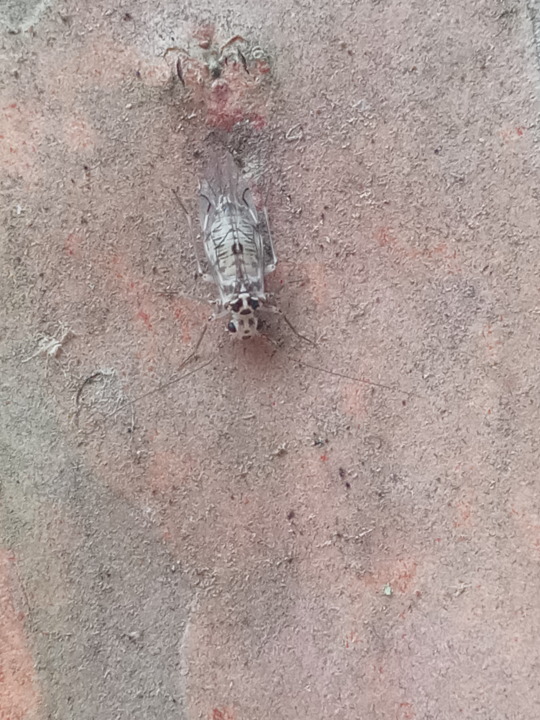
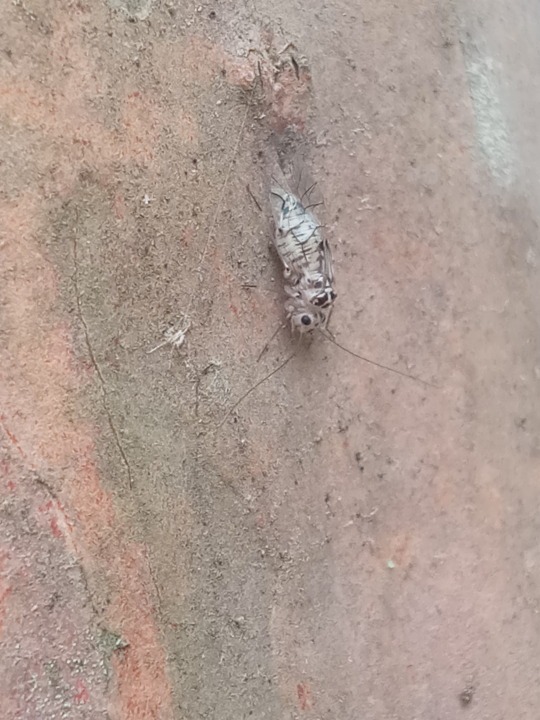
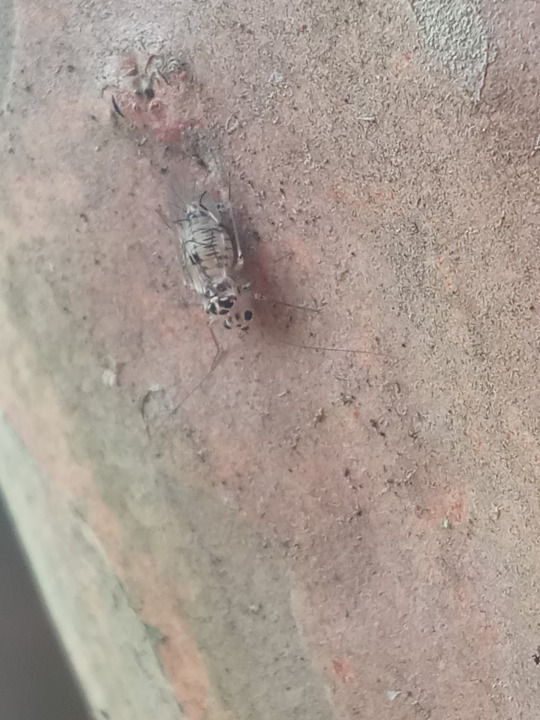
[PHOTOS TAKEN: JULY 4TH, 2023 | Image IDs: Three photos of a black and white transparent-winged barklouse on a brown tree branch /End IDs.]
A beautifully patterned little thing!!
#barklouse#barklice#booklice#psocoptera#insects#insect#bug#bugs#bugblr#invertebrates#inverts#arthropods#entomology#photos#photo#Wasp House Sights
5 notes
·
View notes
Text
Liposcelis is a genus of insects in the order Psocoptera (Сеноеды), the booklice, книжные вши and barklice. There are about 126 species. Many species are associated with human habitation and several are well known as pests of stored products. The genus is distributed nearly worldwide.
0 notes
Text
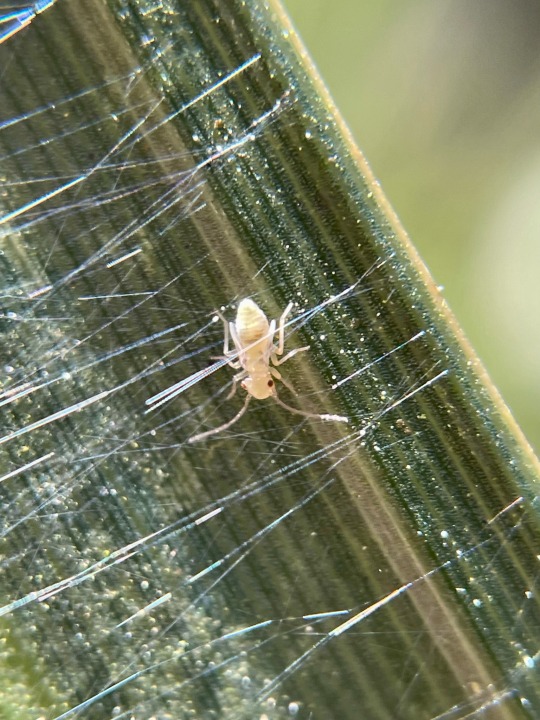
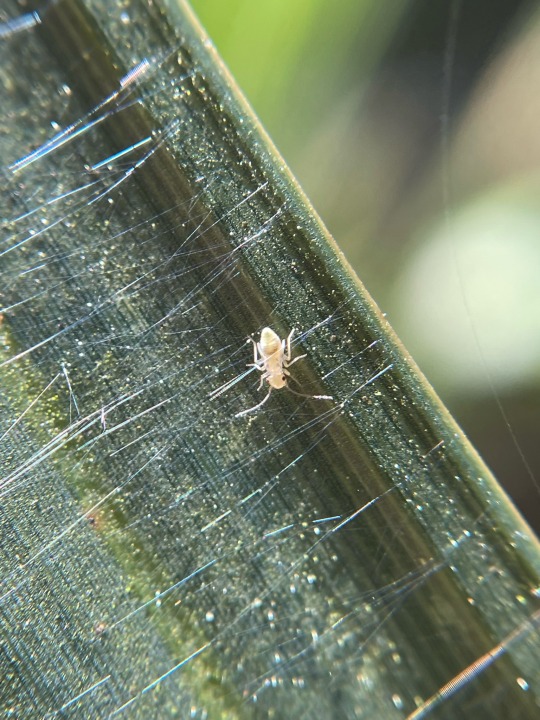

This was a weird one. Did that barklouse build that?
#barklice#barklouse#bugblr#true bug#macro photography#my photos#web spinning barklouse#nature#nature photography
96 notes
·
View notes
Text
#1982 - Nimbopsocus australis - New Zealand Barklouse
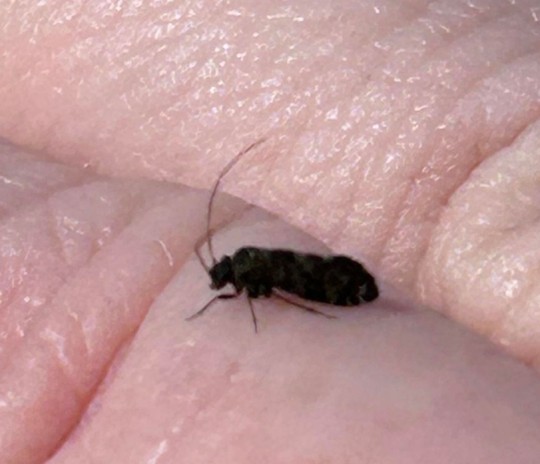
Photo by @purrdence, in Te Whanganui-a-Tara (the Great Harbour of Tara), which is also known as Wellington, the capital city of New Zealand. Wellington is the southernmost capital city in the world, as well as the windiest, so having such a fantastic harbour was probably very fortunate.
AKA Psocus australis, Myopsocus australis, Myopsocus novaezealandiae, and Psocus zelandicus
Most psocids, like the Booklouse, live in damp environments, but the larger and often intricately marked barklice may be found living in groups on treetrunks and branches, grazing on lichen, fungi, pollen and algae. They have a soft body, long thin antennae, broad heads, biting jaws and bulbous eyes. Large species may be 1cm in length. Some species live in organized communities beneath a fine net spun from glands in their mouths.
Nimbopsocus australis also occurs in Australia, Lord Howe Island, Norfolk Island, the Kermadec Islands and the Solomons. They are large for psocids - around 6.0mm head to wingtip. Males are much smaller and darker than the females, who have a coarsely mottled wing pattern with a greater proportion of pale areas.
8 notes
·
View notes
Photo

Complicated Sex
Reversed sex organs, she has the penis?
BARKLICE
Neotrogla brasiliensis
©Yoshizawa et al., Current Biology, 2014
Neotrogla barklice, flea-sized insects native to the caves of southeastern Brazil, are notable for their extreme sex reversal: Females carry penis-like organs called gynosomes used to penetrate the vagina-like genitals of males during copulation.These bizarrely backwards rendezvous, in which the gynosome will siphon sperm from inside the male’s body, can last between 40 and 70 hours. Neotrogla sperm, which is chock-full of nutrients, doesn’t just fertilize the female’s eggs: It also keeps her fed during sustained bouts of intercourse.
To stabilize herself during the prolonged act of procreation, the female will anchor herself inside the male via patches of spines that adorn her gynosome. This sexual Velcro is so effective that attempts to separate barklice in flagrante have ended in tragedy, with the male torn in two, his reproductive organs still clinging to the female’s barbed member.
Text By Katherine J. Wu, Rachael Lallensack ©smithsonianmag.com
#barklice#booklice family#neotrogla brasiliensis#©yoshizawa#©Katherine wu#©rachael lallensack#©smithsonianmagazine.com#spiny penis#sounds painful#happy valentines day
23 notes
·
View notes
Note
i just learned that spiders can have up to seven types of silk and wow we live in a fantastic world
spider silks are very versatile! I also love that silks have evolved independently in a wide range of arthropods. spiders, mites, moths, raspy crickets, flies, wasps/bees/ants, webspinners, barklice, millipedes, fleas, and so many more
145 notes
·
View notes
